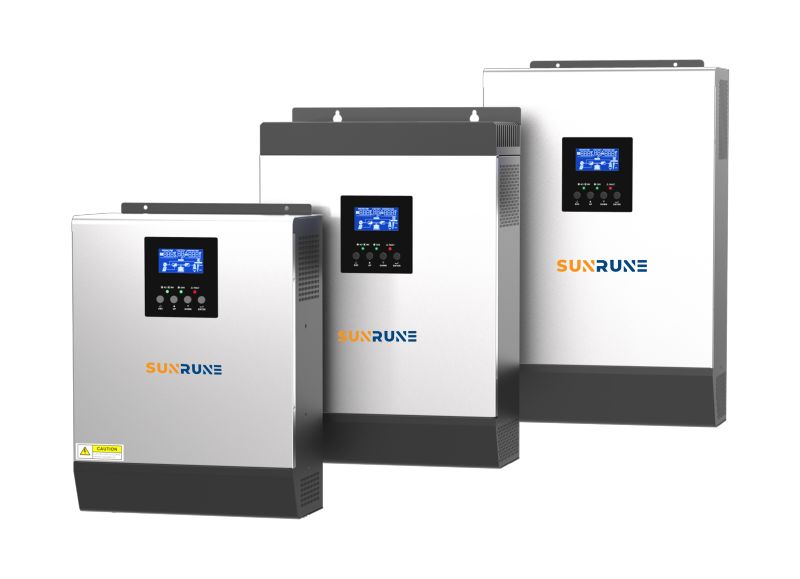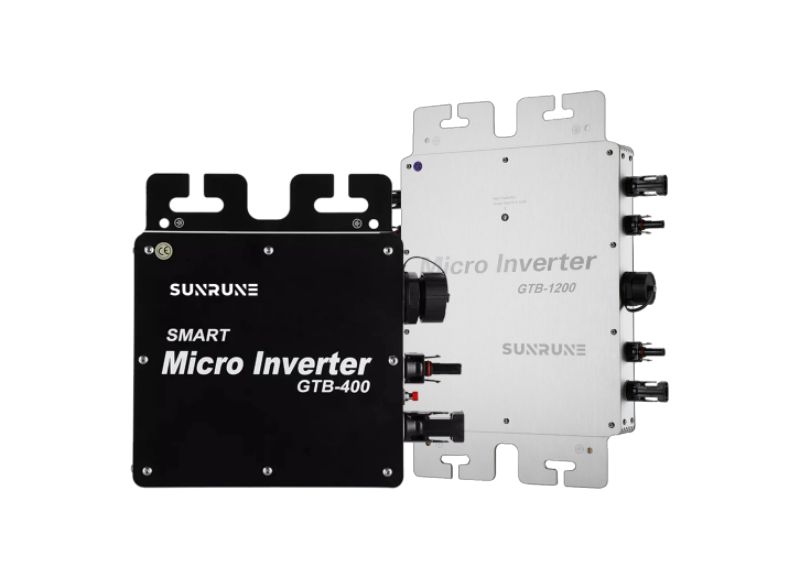Solar energy has gained tremendous popularity in recent years as the world shifts to renewable energy. Among the key components of a solar system, the inverter plays a vital role in converting DC power from the solar panels into usable AC power in the home. However, with the advancement of technology, a new type of inverter has emerged in the solar market called micro inverter. This makes many owners wonder, which one is more suitable for home use, traditional inverter or micro inverter?

In order to make an informed decision, it is important to understand the basic differences between the two types of inverters. Traditional inverters are also called string inverters because they connect multiple solar panels in series to form a string. Microinverters, on the other hand, are installed under each solar panel and convert DC power into AC power respectively. This fundamental difference has a significant impact on the performance and suitability of these home inverters.
One of the main advantages of string inverters is their cost-effectiveness. They are generally less expensive than microinverters, making them a first choice for homeowners on a budget. In addition, string inverters are relatively easier to install and maintain. Once a single inverter is installed, an entire solar panel array can be easily managed. However, because of the series connection, the performance of the entire solar system depends on the performance of the weakest panel in the string.
Microinverters, on the other hand, offer several advantages that make them an attractive option for home use. Each solar panel individually converts DC power into AC power, significantly increasing the efficiency of the entire system. This means that even if one of the panels is shaded or has reduced performance, the other panels will continue to generate electricity at optimal levels. Microinverters also provide real-time monitoring of each individual panel, allowing homeowners to easily detect and resolve any issues.

Another major advantage of microinverters is their design and installation flexibility. Each solar panel can operate independently, allowing homeowners to gradually expand their solar system. Additionally, microinverters offer enhanced safety features such as automatic shutdown in the event of a grid outage. This ensures the safety of maintenance personnel and prevents electrical hazards.
When it comes to maintenance, microinverters have proven to be more reliable than string inverters. By installing separate inverters, even if one of the inverters fails, the entire system will not be affected. This makes troubleshooting and repairs much easier and cost-effective.
When considering which inverter is better for your home, it ultimately comes down to personal preference and circumstances. If cost is a major consideration, a string inverter may be a better choice. However, for homeowners who prioritize system efficiency, flexibility, and security, microinverters offer a more advantageous solution.
In conclusion, both traditional inverters and microinverters have their own advantages and disadvantages. Understanding these differences is crucial to determining which option is better for a home. As the demand for solar energy continues to grow, it is important for homeowners to evaluate their energy needs and consult with a solar professional to make an informed decision. Whether you choose a string inverter or a microinverter, harnessing the power of the sun will undoubtedly contribute to a greener, more sustainable future.
Post time: Oct-16-2023